Information about VFR NIGHT
Flight Training
Privileges of holding a VFR rating:
VFR Night entitles you to to fly a single engine aircraft with MTOW (maximum take-off weight) that does not exceed 5700kg in non-commercial operations at night according to VFR (Visual Flight Rules).
Practical Training:
The practical training will take a minimum of 5 hrs flying on either Tecnam P2002 or Cessna C150 at night. In this time students must perform at least 3 hrs of dual instruction, including at least 1 hour of cross-country navigation with at least 1 dual cross-country flight of at least 50km. A student must also perform 5 solo take offs and 5 solo full stop landings.
Theoretical Training:
Before flying, you will have to pass 4 hours of ground training. Topics covered in this time include: Night VMC minima, principles of flying at night and available equipment, navigation lights of aircraft and principles of avoiding collisions, adaptation and orientation at night, navigation at night, icing hazard at night and avoiding icing conditions etc. Ground training ends with exams on each subject.
Benefits of holding NVFR:
The benefits of this license is two fold. Firstly, one must aquire this rating if they are to go on and attain a commercial pilots license. Secondly, this rating enables you to fly at night making organising flying much easier. No longer will you have to worry about getting to your destination before night fall.
Requirements:
- Medical requirements : Valid medical certificate class 1 or 2.
- Age : 17
- PPL(A) or LAPL(A)
- At least 5 hours of training in IMC conditions.
- At least 5 hours of flight time on given category of aircraft, on which training will be conducted.
- Practical Training : 5 hours
- Theoretical Training: 4 hours.
- Time : minimum 3 days of practical and theoretical training.

